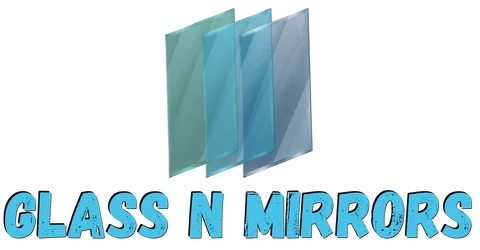Wi-Fi is one of the most commonly used wireless Internet in our homes, offices, and business premises. I often get frustrated with why I lose signal strength and I have always wondered whether the mirrors I have near my booster are the root cause. I did some research to see how do mirrors affect wi-fi.
Mirrors can reduce the strength of Wi-Fi signals by up to 50% due to reflecting the signals off the shiny surface and the metallic silver-like backing. Mirrors contain a thin layer of silver or aluminum. Generally, metals are good conductors and therefore absorb the electromagnetic waves from the router hence weakening the signals.
This post outlines the effect of glass on Wi-Fi and how you can limit the impact and enjoy uninterrupted wireless internet. Read on and find out more.
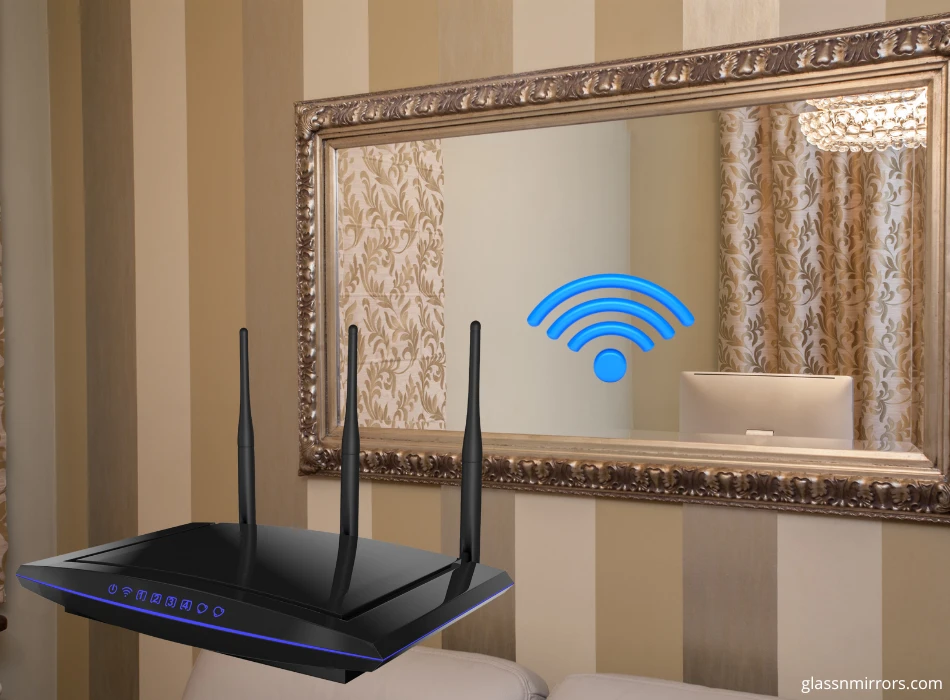
Table of Contents
- 1 How Do Mirrors Affect Wi-Fi?
- 2 Is There a Solution to the Effect of Mirrors on Wi-Fi?
- 3 Can Glass Block Wi-Fi Signals?
- 4 How do you Prevent Glass from Blocking Wi-Fi Signals?
- 5 Does Wi-Fi Go Through Glass or Walls Better?
- 6 How Do You Minimize The Blockage Of Wi-Fi By Walls?
- 7 Does Glass Reflect Wi-Fi Signals?
- 8 What is the Effect of Reflection on the Strength of Wi-Fi Signals?
- 9 Can You Minimize Wi-Fi Reflection from Glass?
- 10 Do Window Screens Block Wi-Fi?
- 11 How to Avoid Wi-Fi Blockage from Window Screens
- 12 Key Takeaways
- 13 Conclusion – Do Mirrors Affect Wifi?
- 14 Hot Glass vs Cold Glass – What’s The Difference?
- 15 Can Quartz Be Made Into Glass? Guide On Quartz & Glass
- 16 What Is Panda Glass | Ultimate Guide To Panda Glass
- 17 What Is A Vanity Mirror – And Which One You Should Pick
How Do Mirrors Affect Wi-Fi?
Mirrors obstruct up to 50% of the internet signal from reaching all parts of your home. They affect the internet in the following ways.
- They reflect the electromagnetic waves hence preventing them from reaching all parts of the house
- They redirect the signal causing the unbalanced distribution of the Wi-Fi signal
- If the mirror is coated with metal, it absorbs the signals hence slowing it down and preventing other parts of the home.
- They cause bends and refraction of signals rendering them weak and slow.
1. Reflection
The shiny surface of the mirror reflects Wi-Fi rays causing them to bounce back and change their direction. As the electromagnetic waves move in different directions, they spread out and become weak. If they interact with the core signals from the router, the electromagnetic waves grow weaker, and the movement becomes slow and uneven.
2. Redirection
When mirrors block Wi-Fi signals from penetrating to reach the various parts of your home, the signals start moving in different directions. This denies some parts of the home adequate internet connection while more signals go in the same direction.
3. Absorption by Metallic Coating
Most mirrors have one side painted with chrome, silver, or aluminum. The metallic coating absorbs the internet rays weakening the amount of Wi-Fi reaching the rest of your homestead or business setup. The uneven distribution of the signals may render the internet unreliable.
4. Refraction
Thick glass mirrors painted on one side do not reflect Wi-Fi, they obstruct it making it bend and follow a different route. The bending of the signal slows it down and weakens the amount of signal reaching the obstructed places within your house.
Is There a Solution to the Effect of Mirrors on Wi-Fi?
There are many ways of countering the effect of mirrors on Wi-Fi in our homes and offices. They include directing the signals away from the mirrors and placing the mirrors where they cannot block Wi-Fi.
Here are some of the ways to counter the effect of mirrors on Wi-Fi:
- Avoid hiding your router and place it at a central strategic place in your home and mount it at a higher point to avoid blocking from mirrors.
- Increase the Wi-Fi access points in your home or office to ensure that all places receive a strong internet signal
- Avoid mounting your router in areas facing mirrors so that they won’t obstruct the Wifi signals
- To supply the internet to the hidden areas, install mesh router networks in your home.
- To suppress the absorption of electromagnetic waves by the mirrors and the reflection of signals, attach a piece of cloth to the center of the mirrors. If the window screens are painted, cover them with cotton curtains to minimize internet interruption.
- Purchase a Wi-Fi extender in your compound to complement your router and ensure all areas receive an internet connection. I use this Wi-Fi extender which works exceptionally well!
- Raise your router antenna high above the buildings to minimize obstruction and increase the ease of penetration by the signals from the router.
Can Glass Block Wi-Fi Signals?
Glass blocks Wi-Fi signals by slowing them down, reflecting them, and absorbing them. The extent to which a mirror obstructs internet signals depends on the thickness and size of the glass and whether it is painted, and the composition of the paint used.
To prevent your Wi-Fi signals from being blocked, I recommend using this Wi-Fi extender that I use as it tends to be powerful enough to prevent loss of signal. It covers up to 8,500 square feet! I got mine at Amazon.
Glass plays a significant role in enhancing the interior and exterior décor in our homes, institutions, and offices. The glass can be clear, painted, or tinted. Painted glass with silver, chromium or aluminum lining absorbs the electromagnetic waves from the Wi-Fi router, making the signal weak.
Glass with gleaming surfaces, on the other hand, reflects the electromagnetic waves making them bounce back in the direction of the router. When the reflected waves collide with the primary signals from the router, they disintegrate and grow weaker.
The video below shows how wi-fi signals are affected.
Very thick glass obstructs Wi-Fi signals making them weaker and slower. The extent of blocking depends on the size and thickness of the glass. Thin and transparent glass has a minimal obstruction, while larger and thick glass has a more significant effect.
How do you Prevent Glass from Blocking Wi-Fi Signals?
- We place routers at central points in our homes and institutions to supply the whole area with internet. To prevent glass windows, doors, and walls from obstructing the signals, you should place your router above the glass structures to minimize their interaction.
- Install a power line adapter on your premises to minimize obstruction from glass walls and windows and make the signal stronger.
- Install a mesh network to reinforce the Wi-Fi signal in hard-to-reach areas and those shielded by glass such as rooms with glass walls.
- Place your router adjacent to glass structures and not directly opposite to minimize their interaction with glass. When mounting mirrors in your house, look for a place aligned to the router.
Does Wi-Fi Go Through Glass or Walls Better?
Both glass and walls obstruct internet signals. Glass interferes with Electromagnetic waves flow by reflecting and refracting them while walls block the waves through thick concrete. The metal lathes on the walls absorb Wi-Fi waves making the internet connection grow weaker.
Walls are made of thick concrete and reinforced with metallic lathes. The thick concrete blocks the flow of internet signals and causes them to refract. The refracted waves scatter and become weak and may fail to reach some parts of the premises.
The metallic lathes are good conductors and therefore absorb the Wi-Fi signals hence preventing them from reaching all parts of the home, institution, or office.
Thin glass, which is not tinted, has limited obstruction to Wi-Fi, but they are not entirely transparent. Glass is painted with silver or aluminum lining blocks and interferes with the flow of signals.
Essentially, pure glass is a better medium for the flow of internet signals than concrete walls.
How Do You Minimize The Blockage Of Wi-Fi By Walls?
Walls can cause a significant slowdown to the flow of electromagnetic waves from your router to the rest of your home or office. To ensure all parts of the premises access and enjoy an uninterrupted flow of power, ensure you have the following:
To prevent your Wi-Fi signals from being blocked, I recommend using this Wi-Fi extender that I use as it tends to be powerful enough to prevent loss of signal. It covers up to 8,500 square feet! I got mine at Amazon.
- A mesh network to enhance Wi-Fi flow through the walls to the obstructed and hidden areas in the house.
- Construct internal walls using plywood, wood, and drywall because they have limited obstruction to the flow of signals
- Mount your router high above the walls to avoid signals from the router hitting the walls and getting reflected.
- Install a Wi-Fi extender to enhance the flow of the internet to parts that are difficult to reach or are shielded by walls.
- Acquire a high antenna for your router to enhance the spread of signals to all home parts with minimal wall obstruction.
- Use an external wireless adapter for your computer and other electronic gadgets.
Does Glass Reflect Wi-Fi Signals?
Some glasses reflect Wi-Fi signals while others don’t. If the glass is lined with lead, silver, or aluminum, it can reflect the. Environmentally treated glass also reflects the signals. Non-treated glass offers minimal reflection to Wi-Fi.
Glass windows, doors, and walls are mostly tinted, painted, or environmentally treated. The glass used in mirrors has a metallic layer on one surface in addition to paint. The metallic film enhances the reflection of the glass and makes it opaque on one side. Glass that has the metallic film is good in reflecting the internet waves and absorbing them.
Tinted glass also causes Wi-Fi signals to bounce back hence weakening them.
The transparent untreated glass allows the signals to pass through it and offers a limited reflection.
What is the Effect of Reflection on the Strength of Wi-Fi Signals?
Like the rays of light, when the Wi-Fi signals reflect, they bounce off and move in a different direction. Some of the signals interact with the core signals from the router and which renders them weaker. This interaction also causes the quality of the signals to decrease, and some parts of your home get weaker or have no signals at all.
The multipath effect is also caused by reflection. Here, the signals flow unevenly through the premises and fail to reach areas directly opposite glass doors and windows, making the areas lack the signals.
Can You Minimize Wi-Fi Reflection from Glass?
You can minimize Wi-Fi reflection from glass by mounting your router near the glass structures and not directly opposite. Doing this will prevent the electromagnetic waves from striking the glass structures hence preventing reflection.
Another way to reduce reflection is by mounting your router high in an open place that is not shielded from the buildings. This will enable the Wi-Fi signal to reach many parts of your home without hitting glass surfaces.
Do Window Screens Block Wi-Fi?
Glass window screens interfere with the flow of Wi-Fi in your home, but they don’t completely shield it from flowing. Metallic and wooden window screens allow Wi-Fi to pass through, but the metal absorbs some signals.
Window screens made of glass reflect Wi-Fi signals causing them to bounce back, but they allow some of the signals to pass through. If the window screens are painted, the Wi-Fi penetrates through, but if they contain a silver coating, the signal reflects.
Wooden window screens are the best because they neither absorb nor reflect the Wi-Fi signals. The only interference from the wooden screens is the absorption of some signals from the nails joining the wooden parts.
Metallic window screens do not shield the signals from flowing. Metal is transparent to the signals but absorbs some of them because they are good conductors of electromagnetic waves.
How to Avoid Wi-Fi Blockage from Window Screens
It is not easy to avoid window screen blockage of Wi-Fi, but you can limit the interference on the flow in the following ways.
- If your window screen is made of glass, avoid painting it with silver or aluminum
- Place your router in a relatively open place away from many buildings to limit the shielding of internet signals by the window screens.
- Avoid using tinted glass and metals on your window screens.
- Install a Wi-Fi extending tool to enhance flow to all parts of your premises
- To enhance the flow of Wi-Fi through tinted glass window screens, use the mesh network which penetrates all the hard-to-reach places in your home.
Key Takeaways
- Mirrors and walls block and slow down your internet connection
- You can improve the flow of your Wi-Fi signals by mounting them in the open at a higher point.
- The extent to which glass blocks Wi-Fi depends on the size, thickness, and paint on the glass
- Reflection from mirrors weakens the internet signals
Conclusion – Do Mirrors Affect Wifi?
Walls and glass can interfere with the internet flow of your house. Concrete walls obstruct the movement of the waves, and the metal lathes used as reinforcement absorb the electromagnetic waves.
This weakens the signal across the wall and leads to an uneven flow of electromagnetic waves in your home. Building plywood and wooden walls can help prevent the blockage. Also, if you are building a house and wish to install wireless Wi-Fi in the house, you should consider wooden walls for interior partitioning.
Glass decorates our homes, but we should limit their number to prevent blocking and weakening signals.
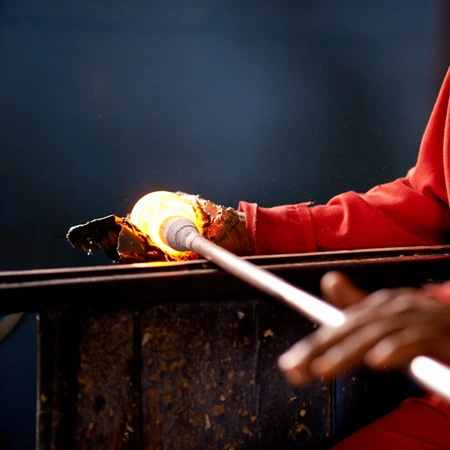
Hot Glass vs Cold Glass – What’s The Difference?
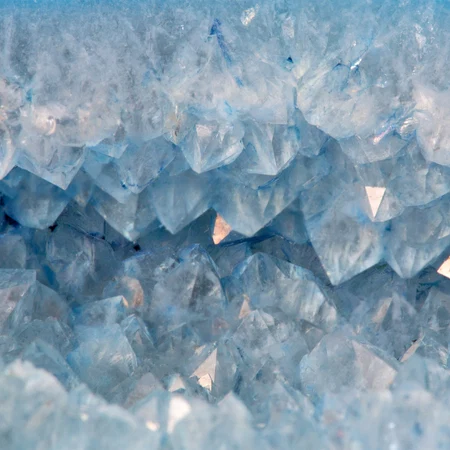
Can Quartz Be Made Into Glass? Guide On Quartz & Glass
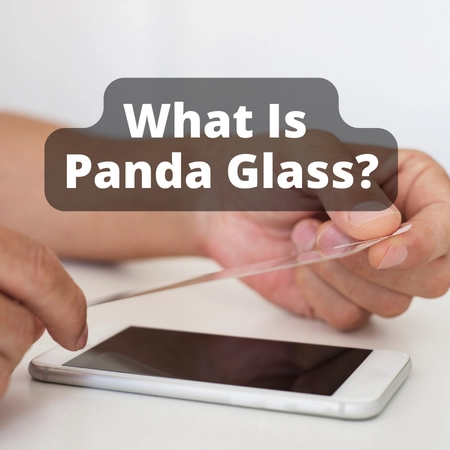
What Is Panda Glass | Ultimate Guide To Panda Glass

